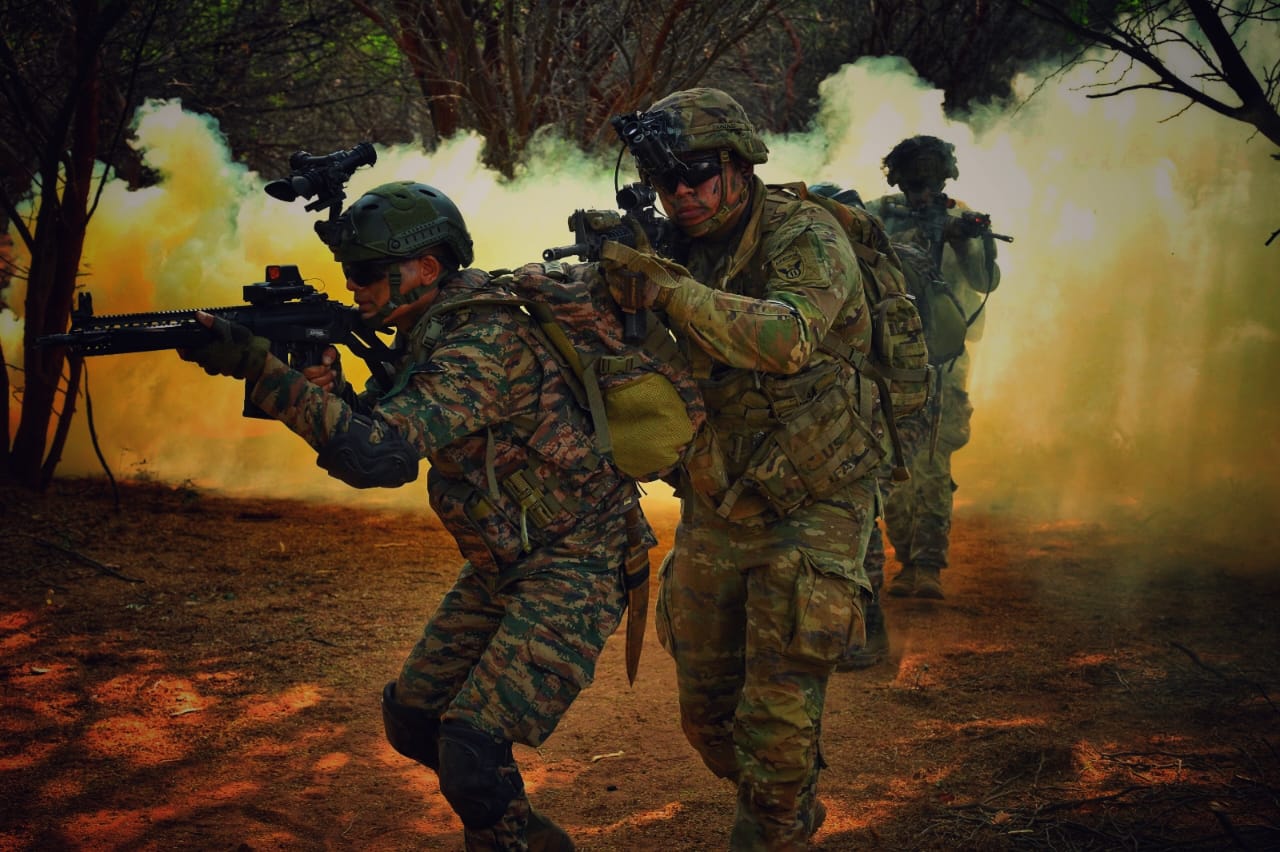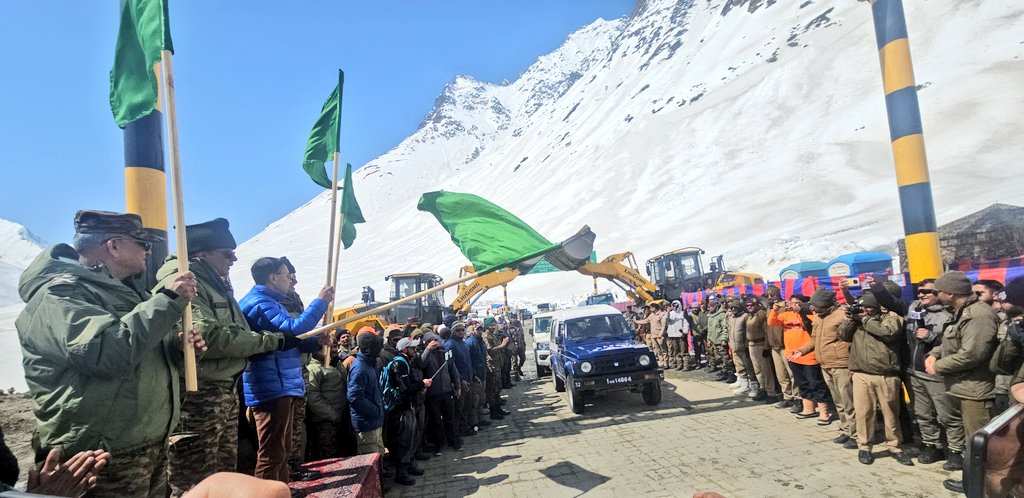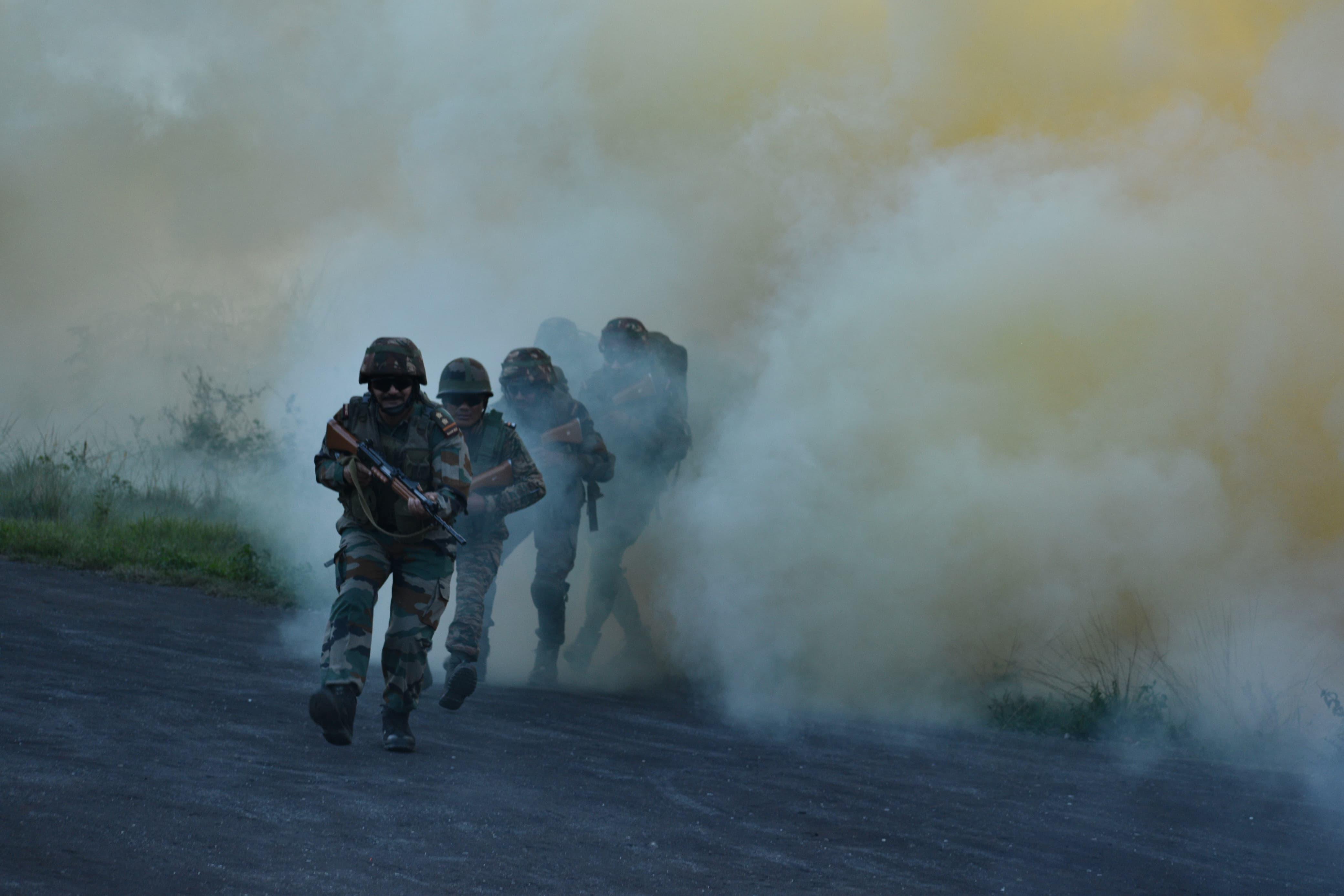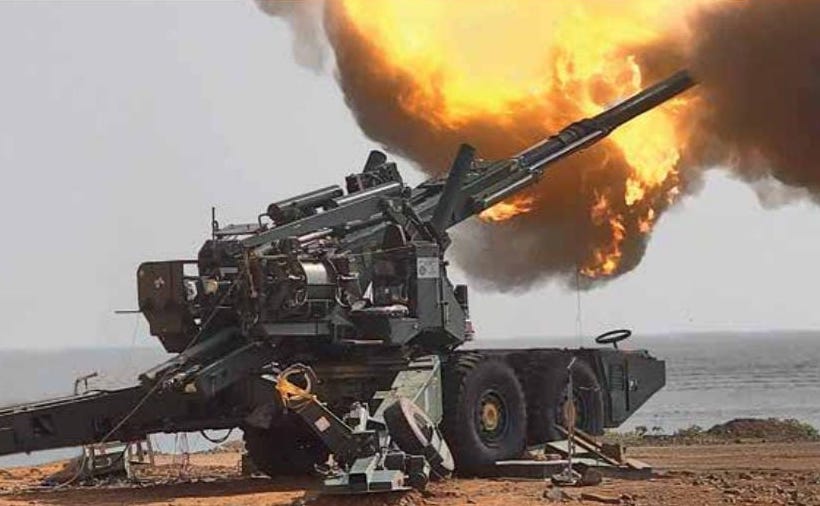 A ground in the Yol cantonment. (Photo: Defence PRO)
A ground in the Yol cantonment. (Photo: Defence PRO)
New Delhi: In a major development, the Narendra Modi-led government moved to abolish Indian Army cantonments across the country after terming creating (and maintaining) them as “archaic colonial practice”. The first cantonment to be abolished is the Yol cantonment in Himachal Pradesh.
According to a government notification, published on April 27, the military area within the cantonment will be converted into a military station and the neighbouring municipality will subsume the civil area in the cantonment under its administration.
Sources in the defence establishment said that contrary to popular perception, the move will prove beneficial to all (civilians and the military). They said civilians who were not getting access to state government welfare schemes, until now, will be able to access these schemes through the municipality. On the other hand, the military can now solely focus on the development of the military station.
They also said the Yol cantonment will be the first to be done away with – a move that has been “welcomed by all”.
 The government notification scrapping the Yol cantonment.
The government notification scrapping the Yol cantonment.
Veterans express their opinion
On Monday and Tuesday, Indian social media was rife with a section of veterans denouncing the move while another welcoming it. India Sentinels reached out to a few veterans, on Tuesday.
Talking to India Sentinels, veteran Armoured Regiment officer Major General Birender Singh Dhanoa expressed his disappointment at the government’s move to bring down the curtains on cantonments.
He said, “Cantonments are anachronistic remnants of the [British] Raj. They held on until now, despite the greedy eyes of builders and illegal occupants of grand bungalows. [This was possible] because the Army leaders gave cogent reasons as to why we needed them. However, given the overflow of cities around cantonments and their open spaces seemingly so seductive to the general populace, the government with the help of a supine uniformed leadership has cleverly said that such relics of the Raj must go and the citizens living in these military municipalities must now get the benefits they were being denied – which is laughable actually.”
However, Gen Dhanoa said all cantonments in the country are unlikely to face the same fate as the one at Yol. He said, “The green lungs of some cities and carefully preserved charming hill stations will slowly, in the next few years, be bifurcated into military and civilian sectors, and that’s that as far as cantonments go. Won’t happen to all of them, especially in Delhi and a few other places.”
Veteran Artillery Regiment officer Colonel Dinesh Kumar, talking to India Sentinels, didn’t mince words while expressing his disappointment on the issue. He said, “Doing away with cantonment boards citing colonial legacy is nothing but the government’s rush to control military institutions with an eye on the vast defence land, which may be handed over to [its] ‘crony friends’ [sic].” He also said cantonments existed for decades and civilians had no issues [with the setup].
Further expressing dismay and hopelessness, Col Dinesh added, “The [military] top brass, as expected, will be inactive regardless of the security of the troops and [their] families stationed within.”
Group Captain U ‘Miki’ Malik, veteran Indian Air Force pilot, told India Sentinels that he was not impressed by the development. Palpably upset, he said the government could have found a better excuse to scrap the cantonments “if it wanted its ‘middlemen’ to make a fortune out of selling prime land [sic].”
“Just because a practice is from the British era, it doesn’t mean it should be scrapped. Cantonments are green belts inside cities. They quite delicately demarcate faujis (military personnel) from civilians [sic]. Without prohibiting anyone. There are certain restrictions [on movement and access to certain areas for civilians]. A certain environment is required for faujis under training. Most cantonment areas have training centres. Do you want them to mix totally with crass commercialization?” he said.
He also expressed his fears that since prime land is becoming scarce, cantonment land may end up in the hands of real estate “big fishes” after this move, which would be detrimental to the environment.
Gp Capt Malik said, “Remember, every city’s cantonment is the green, clean, serene, and quiet part of the city. It’s an island inside chaos. Imagine all land between [Delhi’s] Dhaula Kuan to the airport becoming commercialized … or Secunderabad or Jabalpur or Meerut – and many more [sic].”
“You aren’t destroying a colonial practice; you are destroying the environment. But then, who cares?”
However, many senior veterans also welcomed the government’s move to scrap the cantonment system. One of the most prominent voices who support the government on the issue is former Northern and Central Army commander Lieutenant General Harcharanjit Singh Panag.
In an interaction with India Sentinels, Gen Panag said, “The original cantonments were created as townships with various categories of ‘land’, including bazaars. Areas selected were remote and there was a need of merchants and labour for logistics. Today, the cantonments serve no useful purpose.”
He said referring to the Cantonment Board Act would make things clear.
Endorsing the government’s move, he said, “Convert military areas into cocooned military stations and let the rest go to the municipality.” On a follow-up question, the former Northern Army chief described the development as “long overdue”.
Former Parachute Regiment officer Brigadier Rupinder Jit Singh Dhillon, while answering to India Sentinels’ question on the issue, also welcomed the move.
He explained, “The civil areas of population and bazaars were set up [within the cantonments] to provide services to the troops. Their (the civilians’) municipal needs were met by the cantonment boards. The basic foundation was a provision in the Cantonment Land Administration Rules setting out that it was the enshrined duty of the central government to accommodate troops and provide them all means of services. So, bungalows were built, either by the board or by civilians, to a given design and layout. Some were built by civil parties, some by the cantonment boards. The first priority was to accommodate military officers. Lands were basically classified as A1, A2, B1, B2, B3, B4, and C*. Provision to excise purely civil areas or those made over to other government departments, like the railway and canal colonies, was always there. Cantonments were A, B, an C type in the descending order. Currently, the head of local military authorities (LMA) is the station commander who is also the president of the cantonment board. The board has elected and nominated/ex-officio members with the vice-president being an elected member. The CEO is an ex-Indian Defence Estates Service officer. Certain minor policing and judicial powers are vested in him. The land belonged to the state and bungalow owners have no line on it.”
Brig Dhillon, then welcoming the development to abolish cantonments, said, “[The] move to convert military areas into military stations is a good idea. It will be more cost effective, user friendly, and strength (size) of the IDES can be pruned. Right now, with the slipping in of the Cantonment Act of 2006 by default, it has become a case of the tail wagging the dog.”
Cantonments’ status in past and situation now
It may be noted that in India, military cantonments enjoy the status of deemed municipalities, and running municipalities is a state subject. The country had 56 cantonments at the time of Independence and six more were notified after 1947. The Ajmer cantonment was the last one to be created in 1962.
The defence ministry says a considerable part of the defence budget is spent on the development and upkeep of the civilian areas within the cantonment. Apart from this, due to the ever-increasing expansion of civil areas in cantonments, there is constant pressure on A1 defence land.
After the abolition of cantonments, cantonment board employees and its assets will be taken over by the neighbouring municipality.
*Classification of defence land
Classification | Land description | Managed by |
A1 | In active occupation of the forces and allied services | Local military authorities of the service concerned. |
A2 | Vacant land which must not be built upon due to specific military reasons. | Indian Defence Estates Service officer. |
B1 | Land owned by the defence ministry but in occupation of any other central ministry. | The ministry concerned in occupation of the land. |
B2 | Land owned by the defence ministry but under the control of the state government. | The state government concerned in occupation of the land. |
B3 | Land held by private persons under “old grant” terms, leases, etc, under which the central government reserved or have reserved to themselves the proprietary rights in the land. | Indian Defence Estates Service officer. |
B4 | Land which does not fall under any other class mentioned above. | Indian Defence Estates Service officer. |
C | Land vested in a cantonment board for municipal or other public purposes. | Cantonment board. |
Note: Defence land outside cantonment areas does not bear any classification. | ||
Note: The story has been updated with Brig RJS Dhillon’s take on the issue and a classification table on defence land to add clarity.










